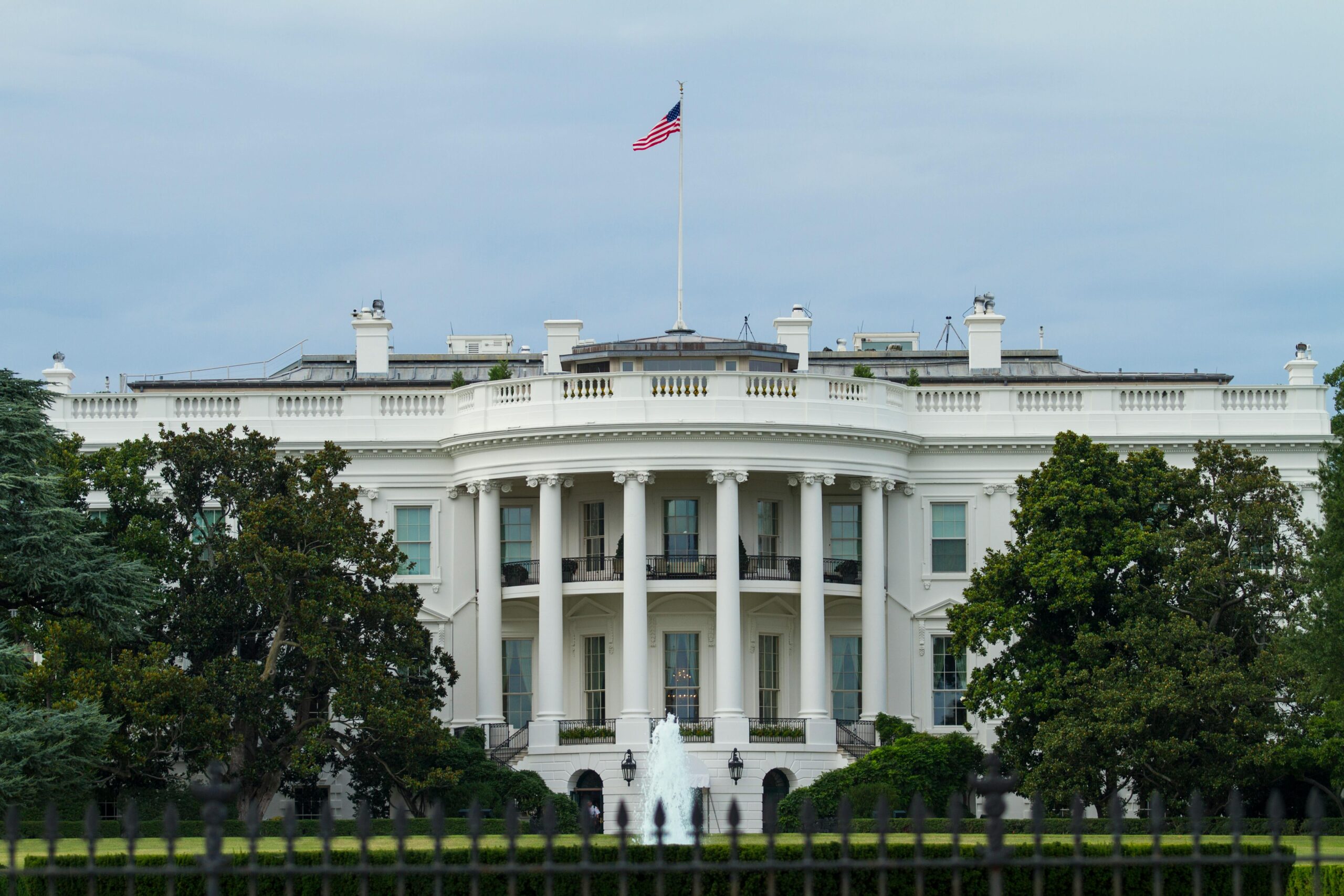The latest port service fee measures introduced by the Office of the U.S. Trade Representative (USTR) on April 17 represent a substantial refinement and restructuring of earlier proposals floated under the Section 301 investigation into China’s maritime practices. Initial concepts had proposed flat-rate or fleet-wide charges, with fees reaching up to $1-1.5 million per vessel call or based on the percentage of Chinese-built ships in an operator’s fleet or orderbook. These sweeping early drafts have since evolved into a more calibrated and targeted approach.
The new fee structure applies to Chinese-linked shipping activities and is intended to address longstanding competitive concerns raised in the investigation. According to a January 2025 USTR report, China currently accounts for over 50% of global shipbuilding output, owns nearly a fifth of the world’s commercial fleet, and produces the vast majority of ship-to-shore cranes, intermodal chassis, and containers. These trends, the report argues, have significant implications for market competition and supply chain resilience.
The U.S. measures involve a phased imposition of port service fees, designed to minimize disruption while addressing identified strategic risks in the maritime sector.
Four-Tiered Fee Structure
At the heart of the action are four annexes, applied in strict sequence. LNG carriers are covered first, followed by vehicle carriers. Next are vessels owned or operated by Chinese entities (Annex I), and finally, Chinese-built vessels (Annex II). Each vessel is subject to only one Annex at a time. We elaborate below on the Annexes most relevant to dry bulk shipping.
Annex I applies to vessel owned or operated by Chinese entities. Beginning October 14, 2025, affected vessels will pay $50 per net ton upon first arrival at a U.S. port, escalating to $140 by 2028. If a vessel makes multiple U.S. entries before transiting to a foreign destination, this fee is assessed only on the first U.S. port call per rotation. The fee is charged up to five times per year, per vessel. The definition of a “Chinese entity” is broad, encompassing entities with significant Chinese ownership, control, or government ties.
Annex II applies to vessels built in China but not owned or operated by Chinese entities. The applicable fee for bulk carriers starts at $18 per net ton from 14 October 2025, rising to $33 by 2028. This fee is also assessed once per rotation or string of U.S. port calls, and is capped at five charges per vessel per year. Exemptions apply for vessels arriving empty or in ballast, vessels below the size threshold of ≤80,000 DWT individual bulk capacity, short sea shipping (< 2,000 nautical miles), U.S.-flagged or government-chartered tonnage, and U.S.-owned vessels (≥75% beneficial ownership). Operators may also suspend the fee for up to three years by ordering a U.S.-built replacement vessel of equal or greater capacity.
Industry Implications
Roughly 15–20% of U.S. dry bulk exports are currently performed on Chinese-owned or operated vessels. While this segment would be directly affected by Annex I – with no exemptions – Annex II offers some relief in specific dry bulk use cases, particularly for vessels arriving in ballast or engaged in regional trades.
The revision of Section 301 signals a broader narrative: while the Trump administration has positioned itself as a champion of the “America First” agenda and appeared willing to absorb short-term pain for long-term gain, recent actions suggest a capacity to recalibrate when necessary. News sources reporting that the president is willing to negotiate with China to substantially dial back the proposed 145% tariffs, coupled with the aforementioned revision of Section 301, indicates a softening of stance. This shift could offer a reprieve for markets, hinting at an underlying threshold for preserving market stability.

